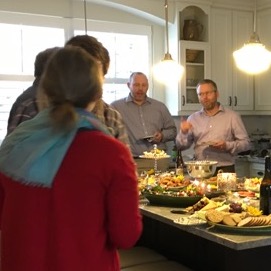 Can Autonomy & Selflessness Coexist?
Can Autonomy & Selflessness Coexist?
Summary & Ideas for Action
Jan, Jim, and their guests discuss the importance of trust for teams, how to build it, and what roles vulnerability and shared experiences play in creating trust. Also, is there a disconnect from people being motivated by autonomy as an individual, and the need for selflessness when it comes to what’s best for the team?
Jim and Jan are joined by Isaiah Burkhart and Clay Othic from past Crucible expeditions; from DKS Associates, Jim Peters, Jim Strain, and Chris Maciejewski; curiosity expert Becki Salzman; Intel PhD/executive Candi Cook; Mara Othic, special operations veteran and currently in law enforcement; former Ranger turned entrepreneur, Kyle Morris; and senior executives Ken Schrader and Ed Stoner – both with stellar business and academic backgrounds!
[1:55] The first Leadership Podcast dinner party, in Portland, Oregon, starts with a discussion of trust. In The Five Dysfunctions of a Team, Patrick Lencioni resolves the dysfunctions with a foundation of trust, leading to healthy disagreement, commitment, accountability, and results. Trust provides strength.
[2:59] Daniel Pink, in Drive, says to motivate people, you need mastery, autonomy, and purpose. Members of a team need to be selfless, and let trust reign. Zack, the videographer on the first Crucible, establishes trust with locals in dangerous places through interviews, references, and triangulation.
[5:57] Trust may be tied to interpersonal skills, or organizational design, or both. Building trust takes time. On the crucible, Clay Othic had pointed out the Point of No Return (PONR), and Jan realized how much they needed to rely on each other. Trust was mandatory. In business, a goal large enough may create a circumstance of mandatory trust.
[7:25] Jim Strain, of DKS, in watching the Patagonia Crucible documentary, was struck by the transition from level ground, where everyone was independent, to crossing a glacier, where they had to rope up. The glacier crossing required a higher level of awareness, communication, and trust, to work as a team. He then used that transitional analogy of roping up, in an actual business structural change at his firm.
[11:22] Isaiah Burkhart participated in the Patagonia Crucible, mostly out in front. Every day they held an After Action Review (AAR), which allowed each team member to process the mistakes they had made. Everyone was comfortable to make suggestions, which helped build trust. To be a really great team, people have to receive correction for the good of all.
[13:36] Becki Salzman was curious what would have happened if the PONR had been on day one, before the team had learned to know each other. Clay Othic referred to competence in the basics, shared by the military members. With competence, comes confidence, which leads to trust. He believes they could have observed enough in 30 minutes to have managed the PONR on day one.
[16:14] Circumstances are important for establishing trust. Jim relates how, when he was tired on day two, Clay Othic stood up for Jim’s need to carry his own load up the hill, and then stayed by Jim, reciting the Ranger Creed while they climbed. Clay’s outreach inspired Jim to find strength and manage his burdens up the glacier. To honor Clay, Jim toasts him with Three Rangers Whiskey.
[20:17] Clay speaks on the Three Rangers Foundation, a veterans nonprofit based on the brotherhood and friendship Clay found early in his Ranger career. You always have the back of your military family, even years later. After 20 years, brother Ranger John Collett approached Clay for help. John was distilling whiskey, and wanted to support a foundation for Rangers. They created the Three Rangers Foundation.
[21:39] 100% of the money donated to Three Rangers Foundation goes to the veterans they assist. The Foundation staff works without pay. All administrative costs of the foundation are paid for by Three Rangers Whiskey, and a portion of the profits from the sale of Three Rangers Whiskey is also donated to the foundation. Clay explains the four symbols on the bottle label, starting with the Gold Star.
[25:16] Ken Schrader gives his experiences of turning around small companies, where trust is mainly absent. Ken discovered most people just wanted to be heard, and to be understood as people. As they told their stories to Ken, and he authentically listened, trust grew. Ken turns the discussion to explore how trust grew on the Crucible.
[27:12] Pairin behavioral assessments were administered to all before and after the Crucible. At the beginning, trust wasn’t high, but self-confidence was. After the Crucible, there was a movement away from individuality and toward teamwork. In addition to behaviors, the desire to be a team player also improved. For the two weeks, no one complained about anyone.
[28:46] Isaiah talks about his experiences with trust, and how his trust was fairly low before he got acquainted with the non-veterans.
[31:35] Becky suggests exploring uncommon commonalities to build trust. She illustrates it with a story of how she marched on Washington, and created a motorcycle interest commonality with Bikers for Trump, that allowed them to take a selfie with her, although of a different political stand.
[33:42] There will be a Crucible in September, with an equal number of men and women, hoping to explore unconscious assumptions made around gender issues, and how to apply more diversity to business, to make better decisions. Candi Cook will be one of the team, climbing Sacagawea Peak.
[34:23] Jim Peters is trying to relate the military family to the business world. You can go a whole day in the office without interacting with any of your coworkers. He comments on the After Action Reports from the Crucible. We need to have that AAR in the business world, to slow down and give feedback. It depends on making time, making it about the other person, and seeking to understand.
[36:03] Jim notes that in business there is generally only an AAR after an absolute train wreck. No one talks about normal activities, even if they could have gone better. You don’t get better if you don’t have a feedback loop. If you don’t know if you’re meeting expectations, you’ll never exceed expectations. This is the role of a leader. Jim and Jan create feedback loops for themselves.
[39:04] Isaiah talks about the many leaders he has had, in the military, and now in the fire service. He has seen fantastic leaders, and some that could have made some self-adjustments and changed an entire organization. The leader must foster an environment where trust is a key component. He tells a story of an unsympathetic leader who eliminated trust immediately.
[42:16] Chris Maciejewski comments on developing staff, and creating new independent project managers. Relating to the roping up concept, he talks to managers about the difference between leadership and directing. Chris discusses the career path with staff. Getting to project manager is a hard achievement. Directing staff does not develop their decision-making abilities. Working with them, does.
[44:48] Clay says Isaiah’s story shows that trust is built through shared challenge. Leaders can’t always be present for the experience, and must give task and purpose, but they can choose to lead, or just to manage. He answers Becki’s question about gender dynamics. His wife Mara is also special operations, and she would have had some effect on the dynamic, but she would have been tight with the team.
[49:04] Jim summarizes: Trust is the foundation of a team, the foundation of relationships, it takes a long time to earn, and it can be gone in the flash of an eye. Leaders need to give trust to get it. Don’t beat people down for mistakes; help them learn, and grow. He opens the floor for Lighting Round comments.
How to learn more about Three Rangers:
“The foundation of teamwork is trust.”
“We know, when teams aren’t functioning very well, there’s oftentimes a problem with trust.”
“We’ve heard from some of our guests, especially a lot of the military folks … that through trust, there is strength.”
“With the military, it’s life and death; and with business, it’s time and money. It’s very different.”
“There’s a terminal velocity for developing a team … because it’s relationship-based. Building trust takes time.”
“To be a … really great team you can’t let your feelings get hurt … Whatever they’re telling me is for the better.”
“When you go in the military, you get a lot of things, but one of the biggest things you get is ‘a whole nother’ family.”
“Our mission statement is to empower veterans for a lifetime of success. We’re all about a hand up, not a handout.”
“When you feel safe to say something, I think that’s like a huge milestone in building trust with a new group of people.”
“Leadership is to get others to do things willingly.” — James Clausen
Lightning Round Comments
“With the military, the shoot then move was something that built trust, whereas, in management shoot then move would actually tear trust down, so the same action can have different consequences, depending upon the situation or the structure.” — Ed Stoner
“It seems that the heart of everything with regard to trust is the ability to find an uncommon commonality.” — Becki Salesman
“I feel you that have to get outside your comfort zone to really get trust. So, if you get uncomfortable, it opens up other people to get uncomfortable as well, and have a shared experience.” — Isaiah Burkhart
“I think that Clay gave the best story, on the glacier action. Being vulnerable is hugely important to building trust with folks, showing that you’re a real person, that you’re just like them, because everybody does that.” — Kyle Morris
“We don’t always listen, as in hearing what somebody is saying. We often listen, waiting for our opportunity to interrupt. And I think that something that’s really critical is communication, but it’s truly the act of listening, and hearing what somebody is saying, rather than waiting for your opportunity to respond to them. — Mara Othic
“The thing I take away from it is that trust is a by-product of the experience that you have with somebody. And what exists before that might be some level of respect, or something of an expectation that you’ll get from someone, but it’s not until you actually have an experience with that person that you can have that level of trust.” — Jim Strain
“I just agree with everyone on the aspects of building trust and going through challenges, being empathetic, being vulnerable, and really having that human interaction with people, I think is the core foundation.” — Chris Maciejewski
“I just want to say thank you.” — Clay Othic
“I think trust in the workplace is about the shared experiences, and that time to reflect together on what went well, and what didn’t” — Jim Peters
“We just experienced something, and I think we all feel closer with one another. I think we all feel like we’ve got a greater trust with one another, even though we don’t know each other all that well. And I think that’s an amazing kind of experience to think that we didn’t go climb a glacier, we didn’t go climb a mountain, we didn’t go hike for five days out in the wilderness, but I think probably everyone in this room feels just a tad bit closer with everyone else in the room … To build that level of trust, you have to expose yourself to some level of vulnerability.” — Jim Vaselopulos
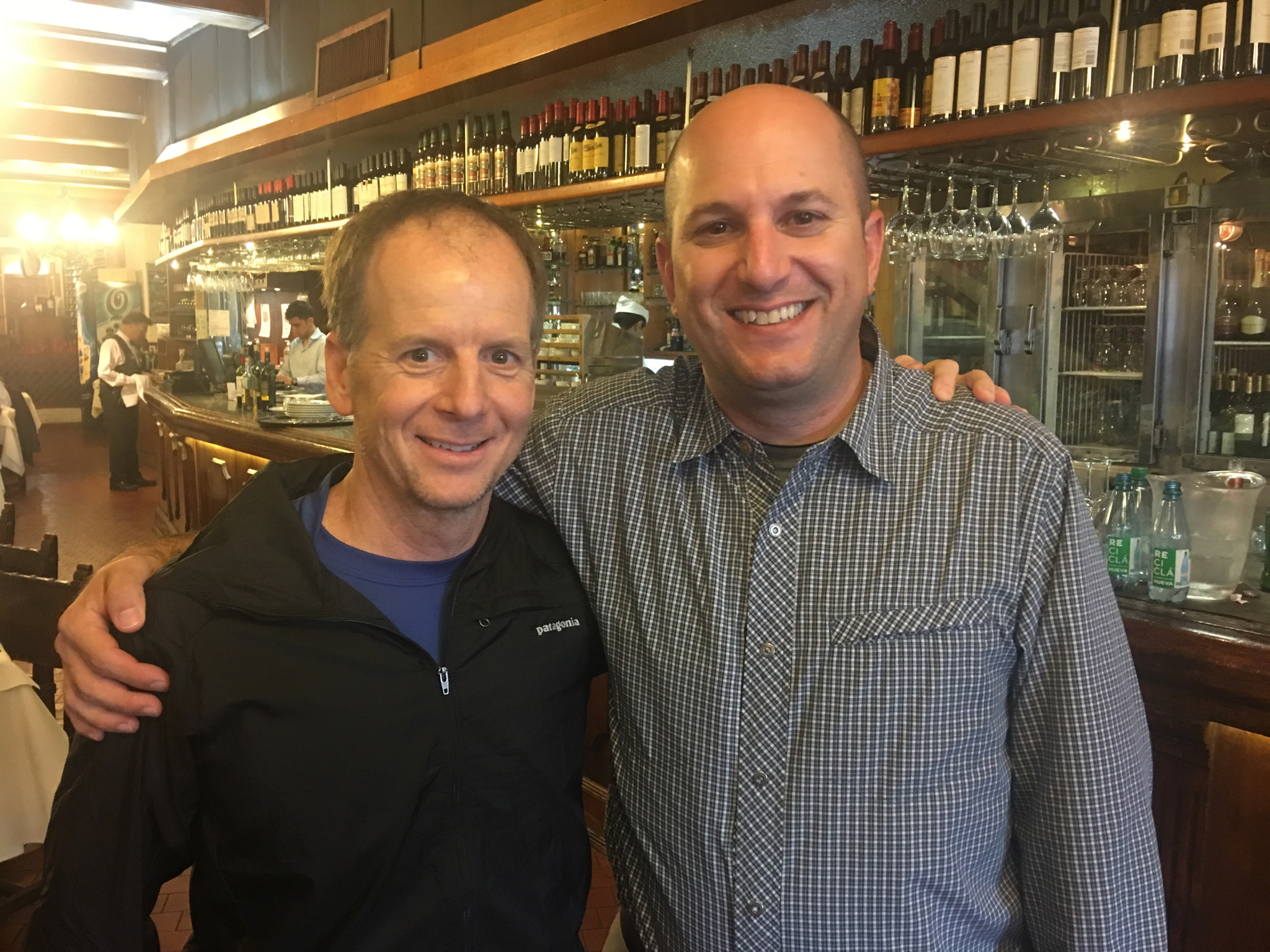
These are the books mentioned in Jim and Jan’s podcasts.
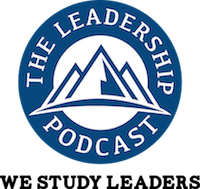
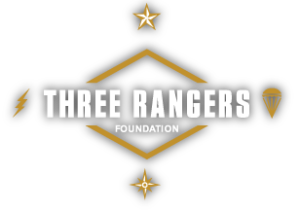


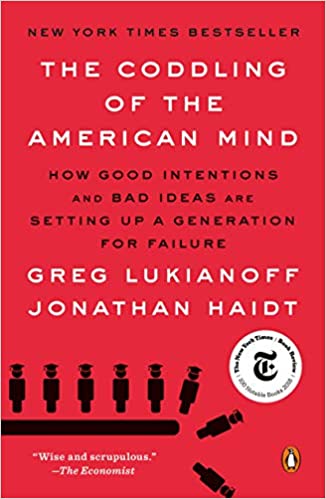

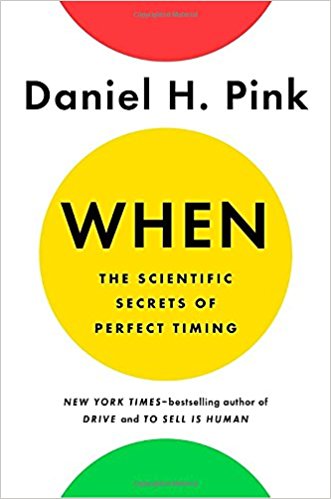
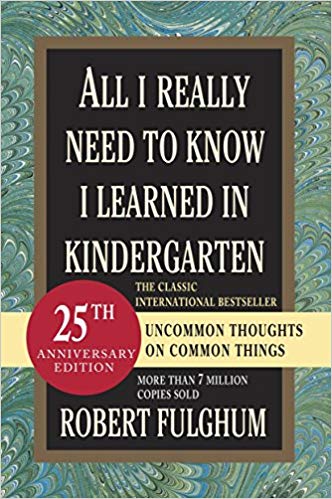
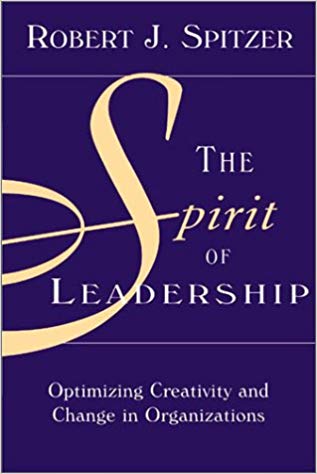
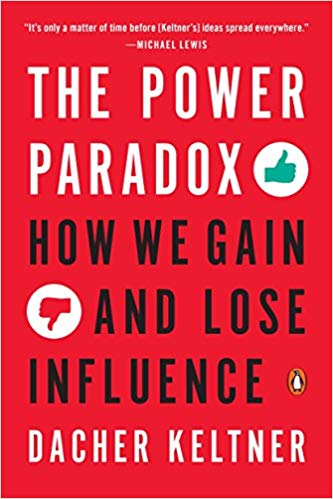
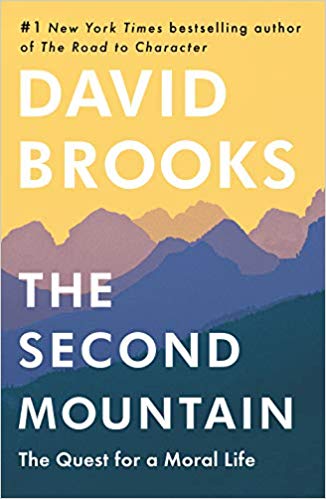
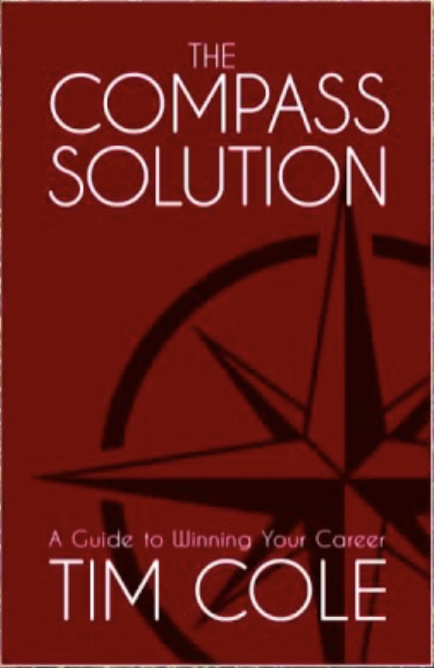


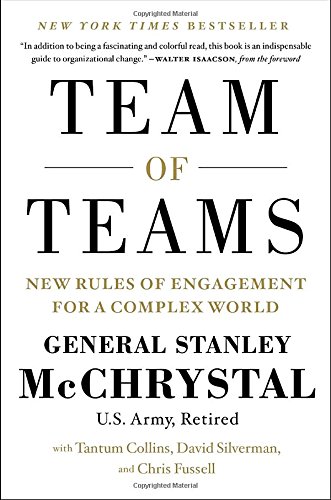
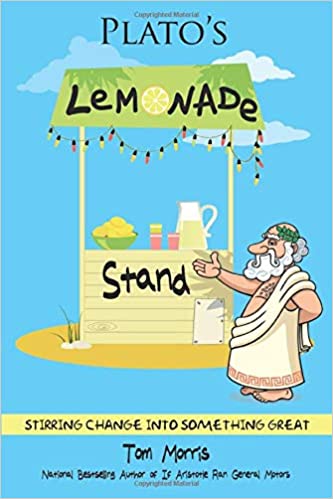
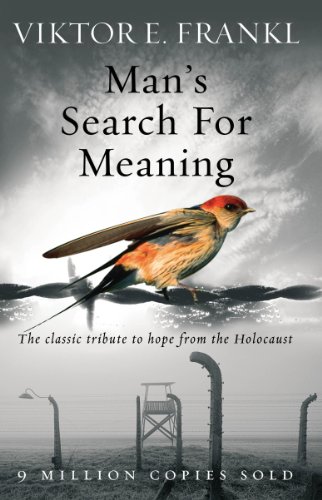
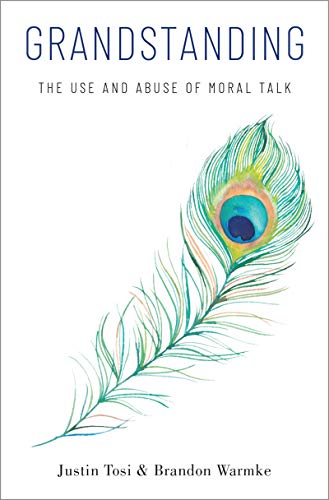
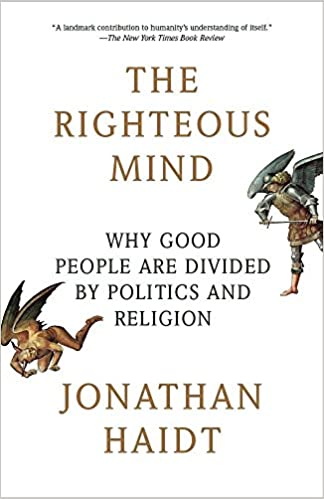
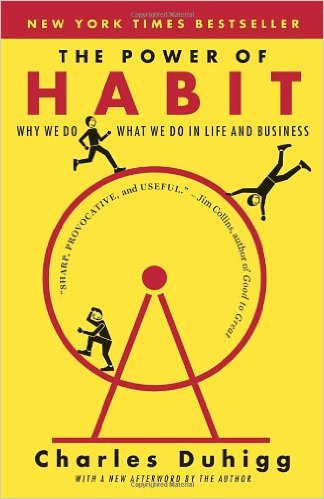
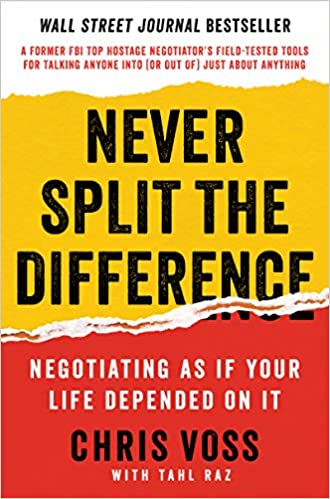
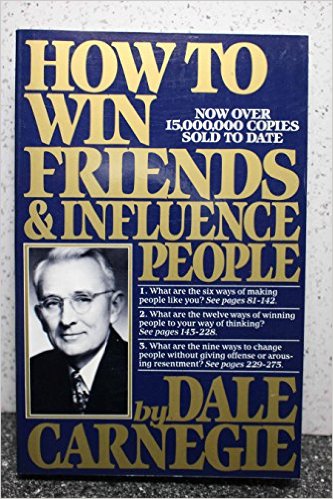
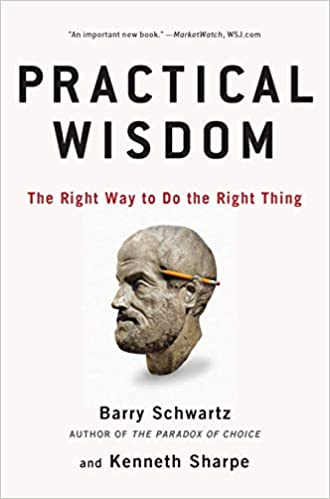
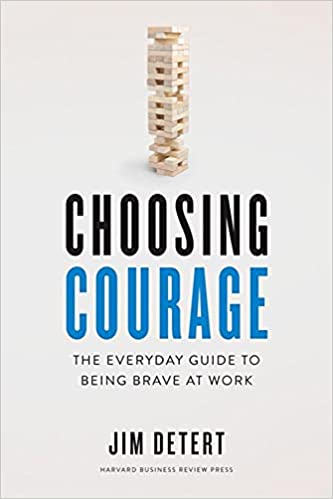
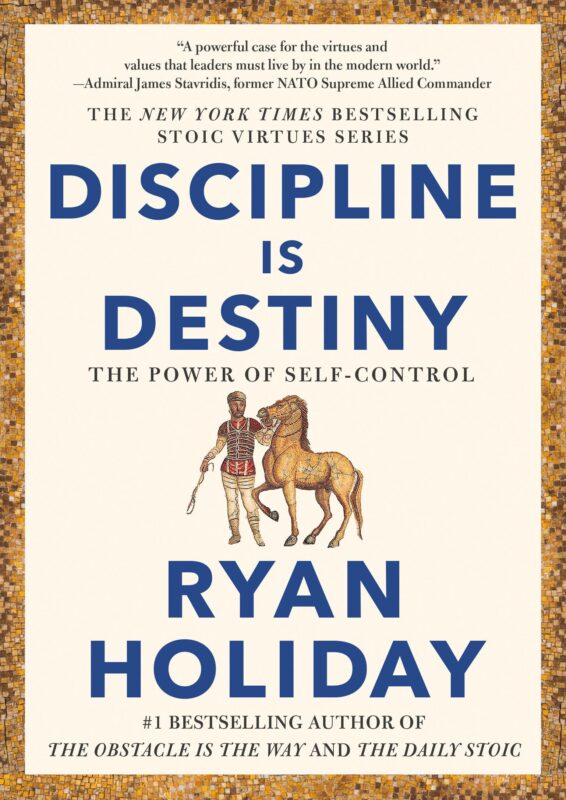
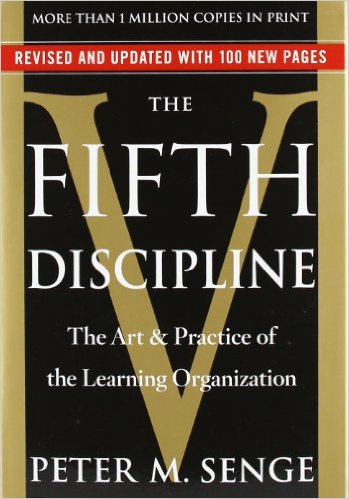
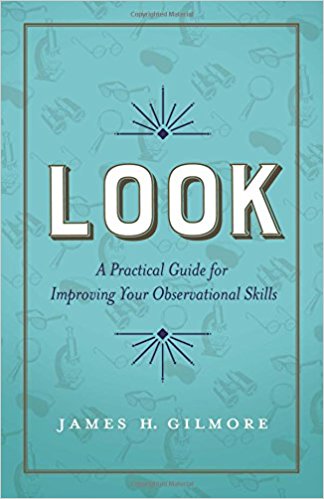
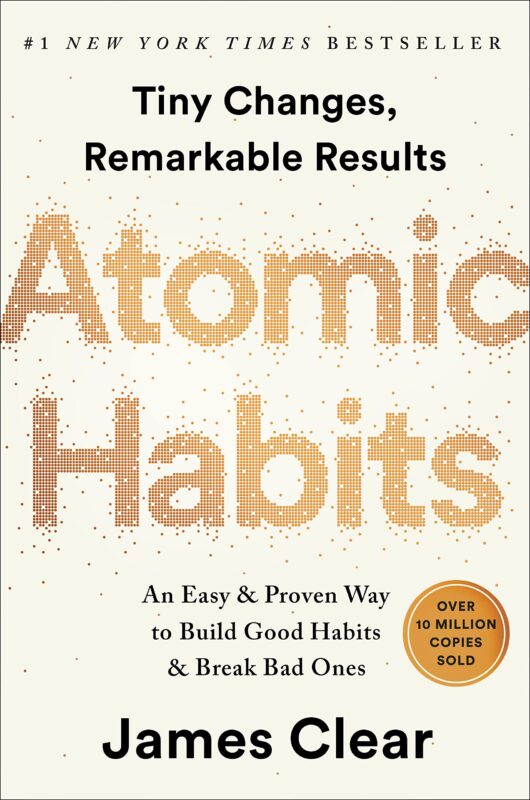
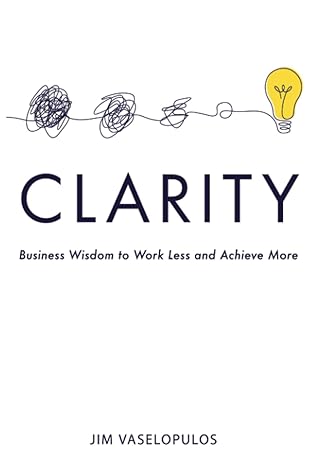
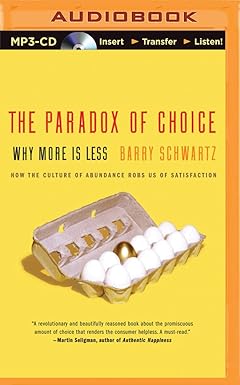
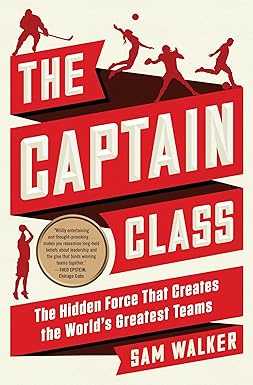
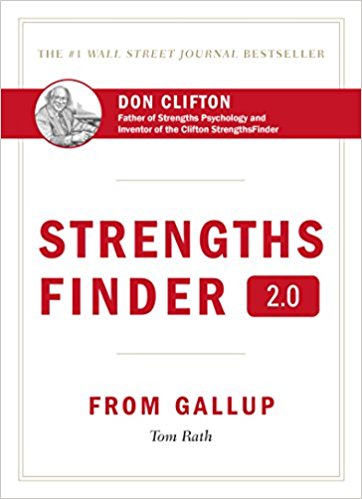
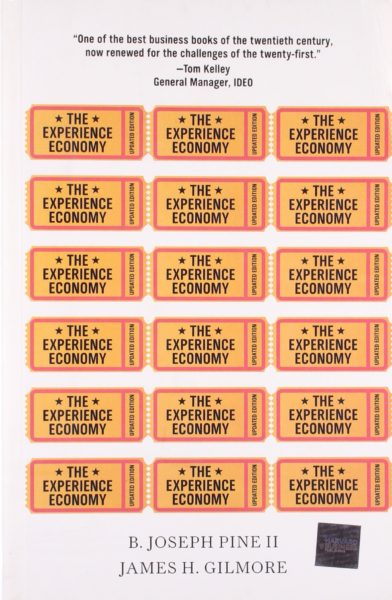
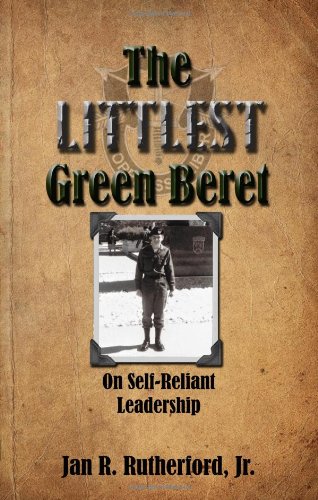
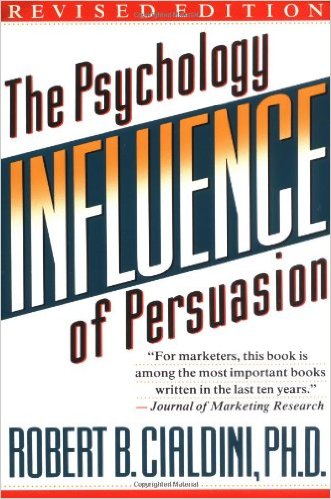
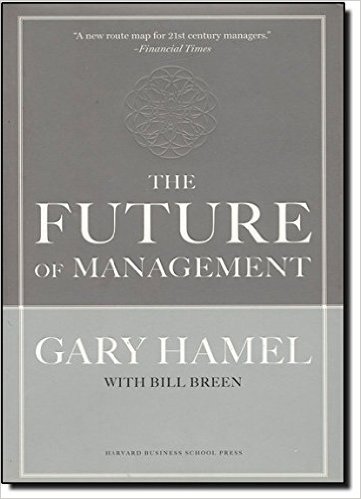
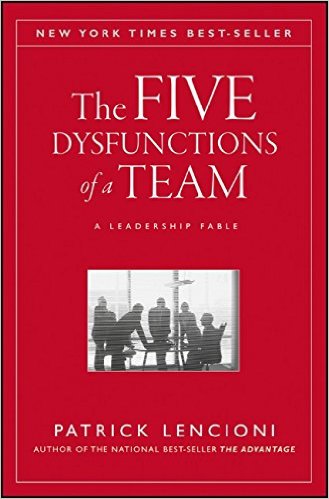
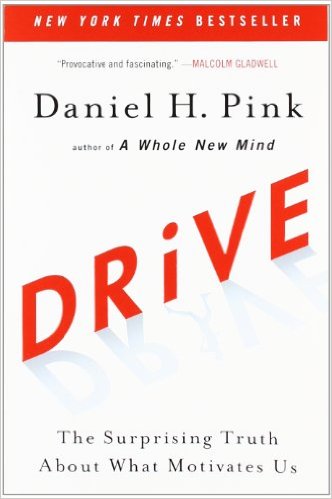
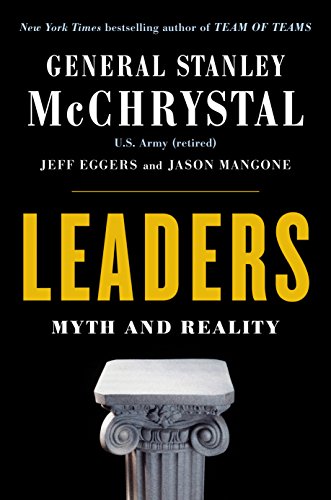
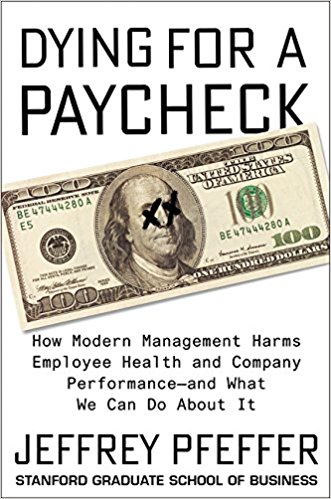
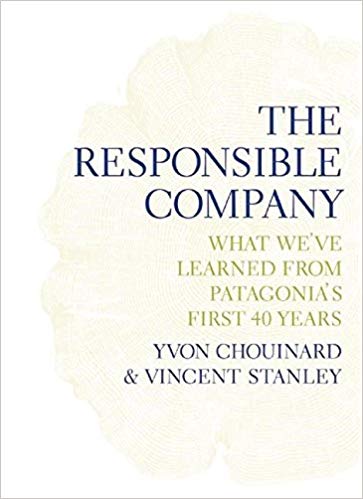
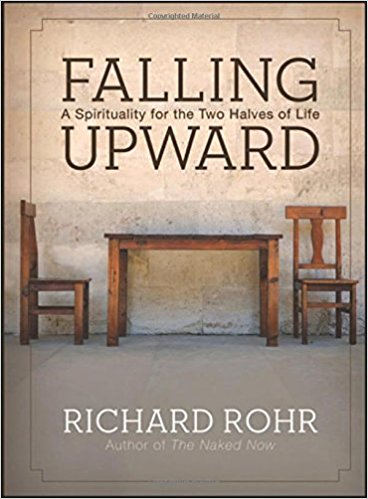
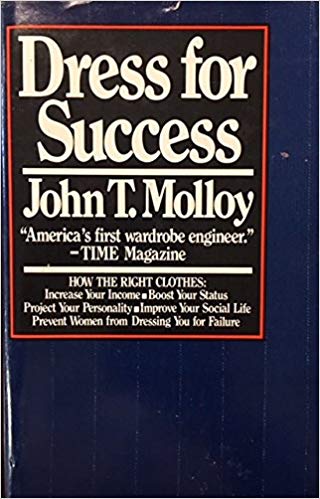
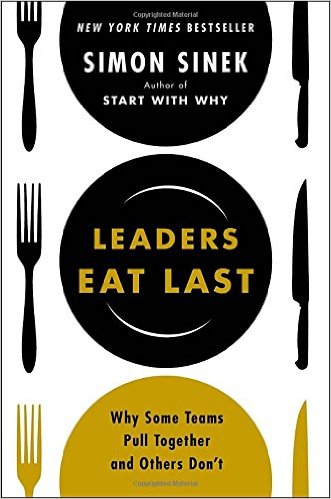
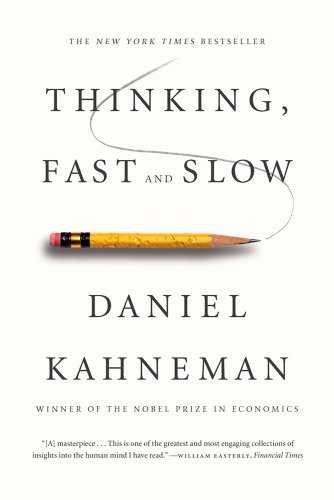
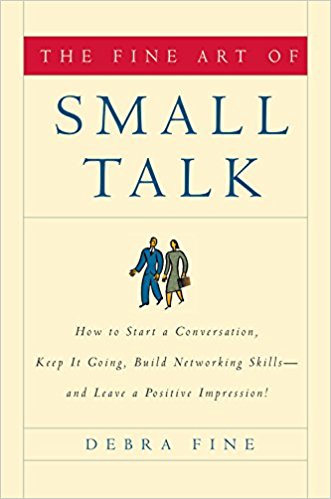
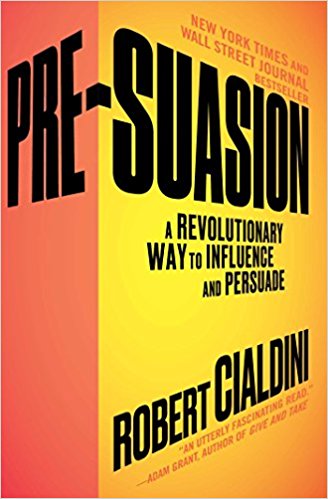
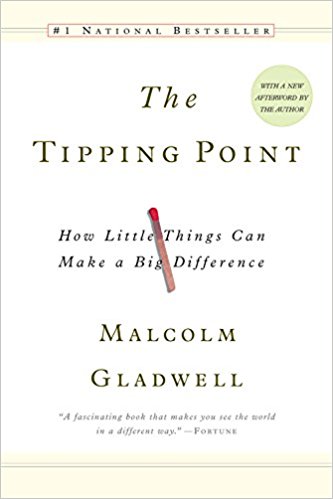
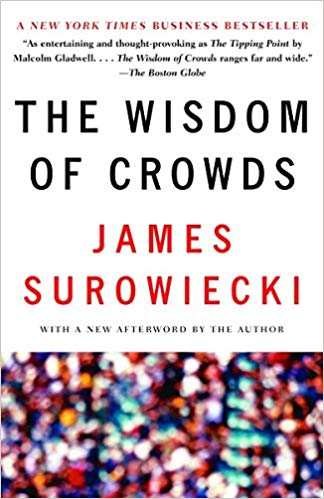
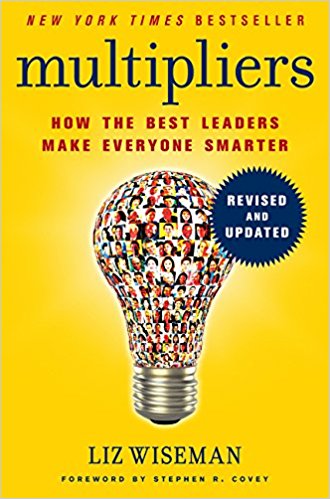
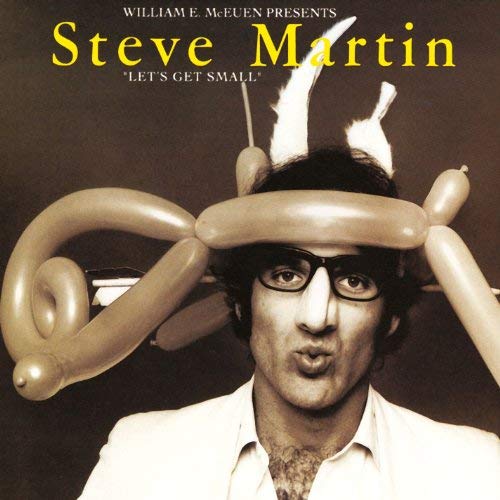
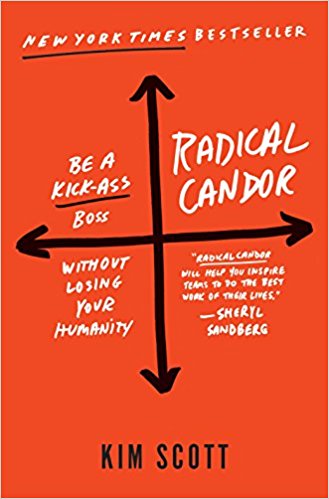
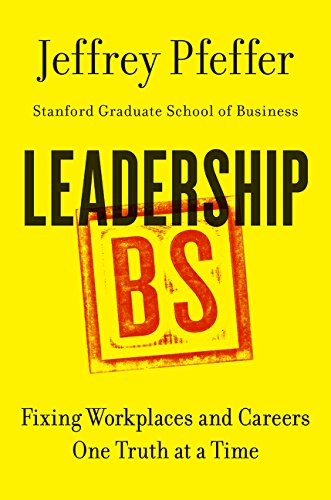
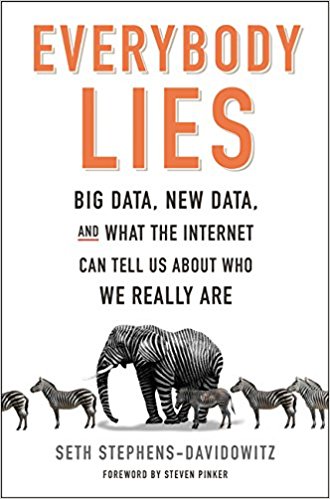
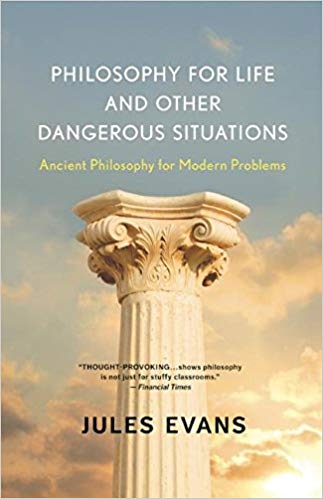
Recent Comments